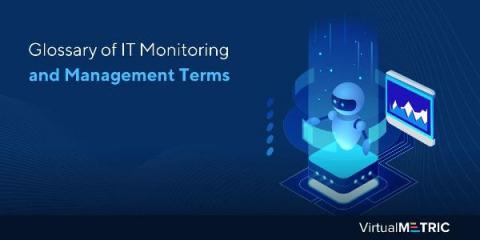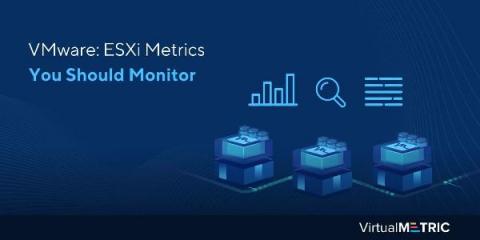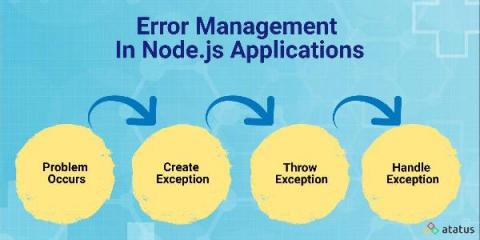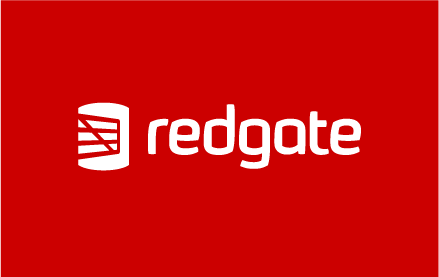Glossary of IT Monitoring and Management Terms
Due to innovations in technology and automation, technology keeps changing and transforming with time. IT monitoring and management is an important aspect of all organizations regardless of their size, location, or workload. When it comes to IT processes, issues and protocols, all concepts are universal and face similar issues everywhere. This IT management terms or IT monitoring terms glossary brings together numerous IT components, issues, protocols and processes.











